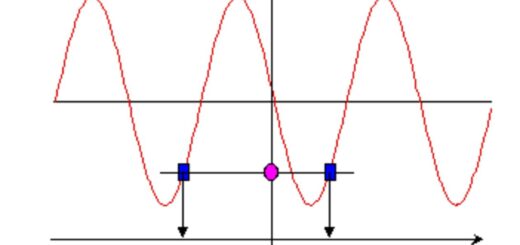One of the First Steps to Become a Data Scientist
One of the First Steps to Become a Data Scientist, You’re not alone in your desire to become a data scientist.
Many people aspire to work in this sector since it is such an exciting and innovative field in which you can truly leave your mark on the world as a data specialist who can solve problems and inform decision-making processes.
Before you take that first step, though, here are some important things to keep in mind.
How to Become a Data Scientist in 6 Months »
Do you have what it takes?
Becoming a data scientist isn’t easy. You need to know how to build and test machine learning models, extract value from big data, develop and deploy production-ready web apps—and that’s just for starters.
If you want people to take you seriously as a data scientist, you’ll need real-world experience in building complex products or services with emerging technologies such as distributed systems and big data platforms like Spark, Kafka, Hadoop, and others.
If you want more proof that becoming a data scientist is difficult, note that according to LinkedIn’s 2016 U.S. Emerging Jobs Report, there are currently only about 1.5 job openings for every unemployed person in America (4).
So why bother?
What Data Science Is and What You Can Do With It »
Learn Statistics
One of the first steps to becoming a data scientist is learning statistics. Statistics are all about making sense out of data and drawing conclusions.
When applied properly, they can help you uncover trends and find relationships that would otherwise go unnoticed.
When you learn statistics, there are two main methods you’ll encounter: descriptive statistics and inferential statistics.
Descriptive stats present patterns in your data, whereas inferential stats help you draw conclusions based on that data, giving it real-world meaning.
Both techniques will be necessary for success as a data scientist; however, it’s important not to confuse them with one another.
Learn more about what each method entails in order to determine which one is best for your own specific needs.
Artificial Intelligence and Data Science »
Get Hands-On Experience in R
You don’t become a data scientist by reading blogs and listening to podcasts. To get hands-on experience, you need hands-on experience.
Before you can make sense of how big data sets are changing our world, you need to explore them yourself.
One way to do that is by learning R, an open-source programming language that is popular among statisticians, engineers, and quantitative researchers.
It allows users to perform statistical analysis on large datasets with efficiency and ease.
How to Become a Data Analyst with No Experience »
Understand Machine Learning
Machine learning algorithms are designed to make predictions on future data by looking at patterns in historical data.
Even though they do not actually understand anything about what they are doing, they can still analyze datasets incredibly well.
Understanding how these algorithms work is one of the first steps to becoming a data scientist.
Before starting anything else, you must get familiar with machine learning so that you have an understanding of some commonly used ML models and can begin applying them for real-world problems in your own job or field of study.
Which Degree is Better for Data Science, MS or Ph.D.? »
Study Algorithms
One major aspect of becoming a data scientist is learning how to work with algorithms and programming languages.
You don’t need extensive knowledge in computer science, but you should know basic algorithms like sorting and tree-based programming languages such as Python.
There are several free resources available for anyone interested in pursuing data science; no prior knowledge is required.
And if you’re looking for more concrete skills to take your career further, consider enrolling in data analytics courses at Udemy or Treehouse.
Discover What Drives You Forward
One of the first steps in becoming a data scientist is to get a good sense of what drives you forward.
What are your motivations?
How do you push yourself forward in order to achieve success?
Discovering your motivations can help you define your own personal goal and vision. Once you have that figured out, then it’s time to really dig into how everything works together.
Sometimes, there will be many pieces that must fit together for one whole picture—your goal—to emerge.
For example, if you want to succeed as a data scientist, it won’t matter how well you know Python or Hadoop if they don’t meet an actual need in your industry or company.
What is the future of data analytics? »





